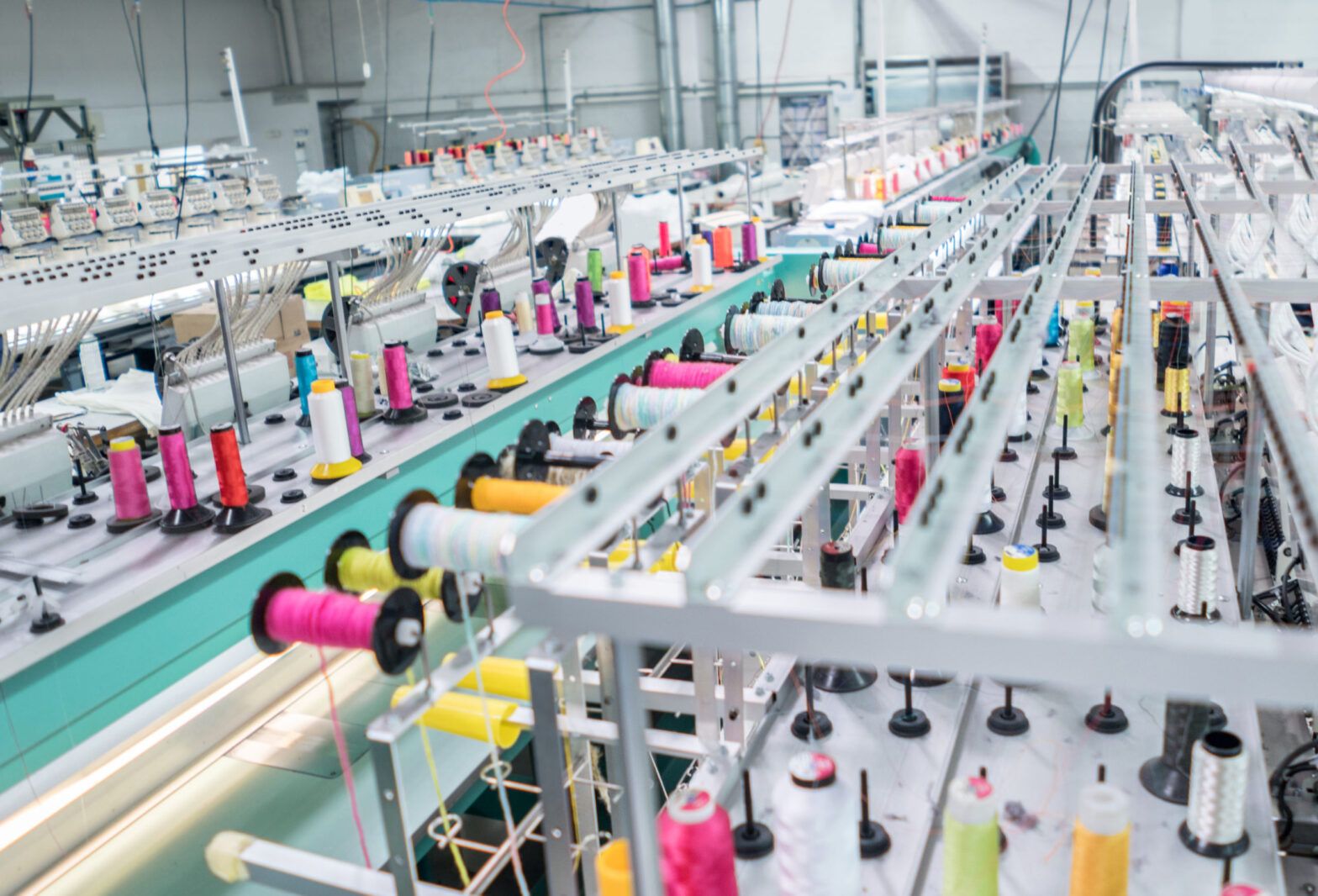Investors must begin to engage with apparel companies and their stakeholders to ensure they start to measure and address the significant challenges of physical climate impacts on workers and business models, Angus Bauer, head of sustainable investment research at Schroders, has said.
Analysis by Cornell University’s Global Labor Institute and Schroders has found extreme heat and flooding are threatening key apparel production hubs. Rising heat stress and intense flooding represent $65bn in would-be export earnings and nearly one million forgone jobs for key apparel producing regions for 2030, increasing significantly for 2050.
These regions include Bangladesh, Cambodia, Pakistan and Vietnam, which collectively represent 18% of global apparel exports.
Extreme flooding and heatwaves are already affecting these regions. In 2022, a third of Pakistan was underwater due to unprecedented flooding while earlier this year, Dhaka experienced an eleven day heatwave with temperatures reaching 40.2 degrees °C.
Listen to: – Fast fashion: External audits needed for retailers and suppliers
“These issues pose material risks for brands, retailers and investors,” Bauer added. “Adaptation planning could have positive returns on investment for the industry and is a critical addition to mitigation efforts.”
Mitigation tends to be more of a focus in the apparel industry than adaptation, Jason Judd, executive director of Cornell GLI, added, with heat and flooding measures not appearing in initial drafts.
“Key will be introducing set standards and protocols for working hours, effort levels, rest and hydration to be collected and reported daily, as well as enforcing meaningful sanctions for violations of standards.
“Workers need these investments now because extreme heat standards and flood protections are non-existent, or the systems are easy to game. And, in order to deal with the day-to-day costs of climate breakdown, workers need social protection systems in place and living wages. And ultimately, regulators and brands need to treat heat and flood events as health hazards.”







